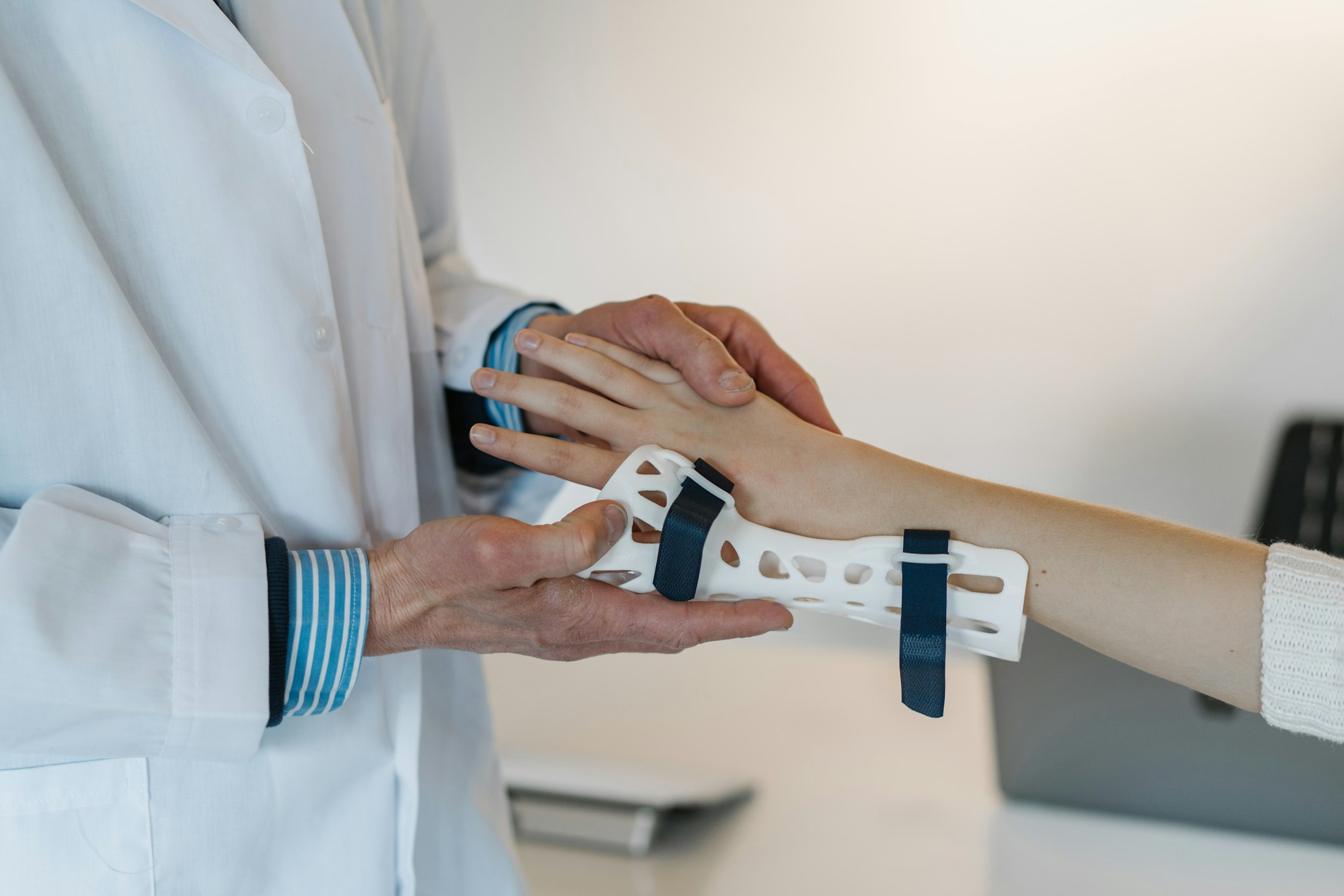On the route to electronic maturity

As health techniques all over Europe recover from the COVID crisis, the value of accelerating digital maturity has never ever been far more obvious – a subject which will be talked about in higher depth at HIMSS22 Europe this 7 days.
But versus this evolving health care landscape how do we examine the success of digital transformation and what results ought to we be striving for to maximise return on investment?
“The maturity of healthcare organisations is straight related with their capacity to seize, deal with and link patients’ information, the huge advantages and results from possessing the knowledge consolidated and linked, and how electronic health platforms can enable establish a much more economical data-pushed healthcare which can bring added benefits to all stakeholders,” says David Labajo, vice president (VP), GE Health care digital gross sales Europe.
To attain electronic maturity in health care, he believes that applicable and skilled information, requirements to be captured not only in the electronic health care record (EMR), but in all data methods and departments.
“The upcoming phase is to be capable to consolidate and hook up all that information. For that we will need to do away with the data silos in the organisations and be equipped to combination, consolidate and manage all the distinct data streams,” provides Labajo. “Once we have that, we will be organized to make a knowledge-pushed health care organisation and use artificial intelligence (AI) on prime of that info to empower client segmentation, possibility assessment, prioritisation, and early prognosis, personalising procedure and enabling a much more own observe-up of the affected person.”
Labajo also emphasises the importance of collaboration amongst health care providers, market players and startups, to produce “an inner and exterior ecosystem” which can get the job done with each other to create, integrate, and make obtainable electronic alternatives.
Engaging the workforce
In the meantime Prof Sam Shah, chief health-related method officer at men’s health and fitness startup Numan, thinks the wants of the workforce and close consumers need to be at the forefront of digital transformation.
“Digital maturity is a lot far more than staying about data, infrastructure and technologies but is also about the workforce and the wants of end users,” argues Shah. “It’s likely to mean different issues to distinctive people today performing in unique environments. Essentially, it’ll have to have the proper plan ailments, technique and funding. Much more importantly, the requirements of the workforce need to have to be included into any method.”
Roadblocks to maturity
Though quite a few nations around the world around the globe have set procedures and allocated resources to aid digital maturity evaluation, there are nonetheless numerous blockers to be get over.
“The troubles to accomplishing digital maturity are as significantly cultural as they are technical and organisational,” claims Prof Shah. “One of the greatest blocks that we see in most organisations is a absence of any coherent strategy, inadequate funding and an absence of organisational design.”
A different roadblock is how to deal with enormous volumes of health care information, a lot of which is unstructured, in silos and outside the house the process.
“Up to 30% of world’s facts is generated in health care. The main blocker is that whilst we’re accumulating substantial quantities of information, most of it is unused, without the need of the proper quality, siloed, disconnected, fragmented and unstructured, so we just can’t activate it to get superior insights and improve clinical and operational efficiency,” clarifies Labajo. “Also, governance of the knowledge is a main obstacle, and we need to have to determine it out before we can go to a totally data-pushed healthcare.”
Labajo and Shah will continue on the conversation at the session Digital Maturity: Aims and Roadmap at HIMSS22 European Meeting & Exhibition.






